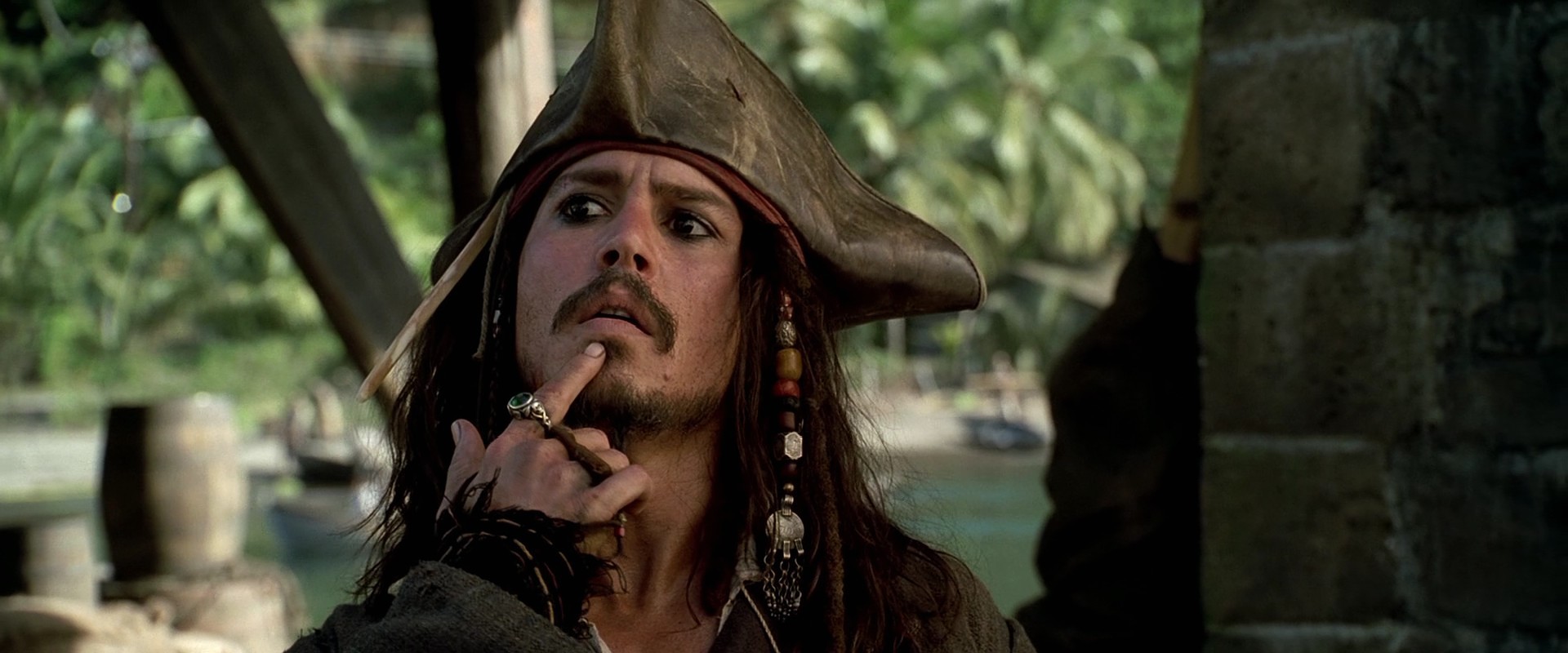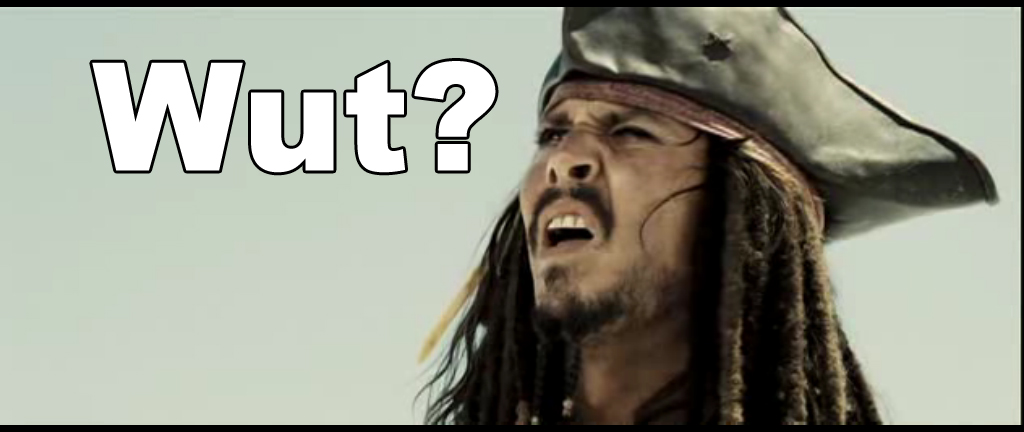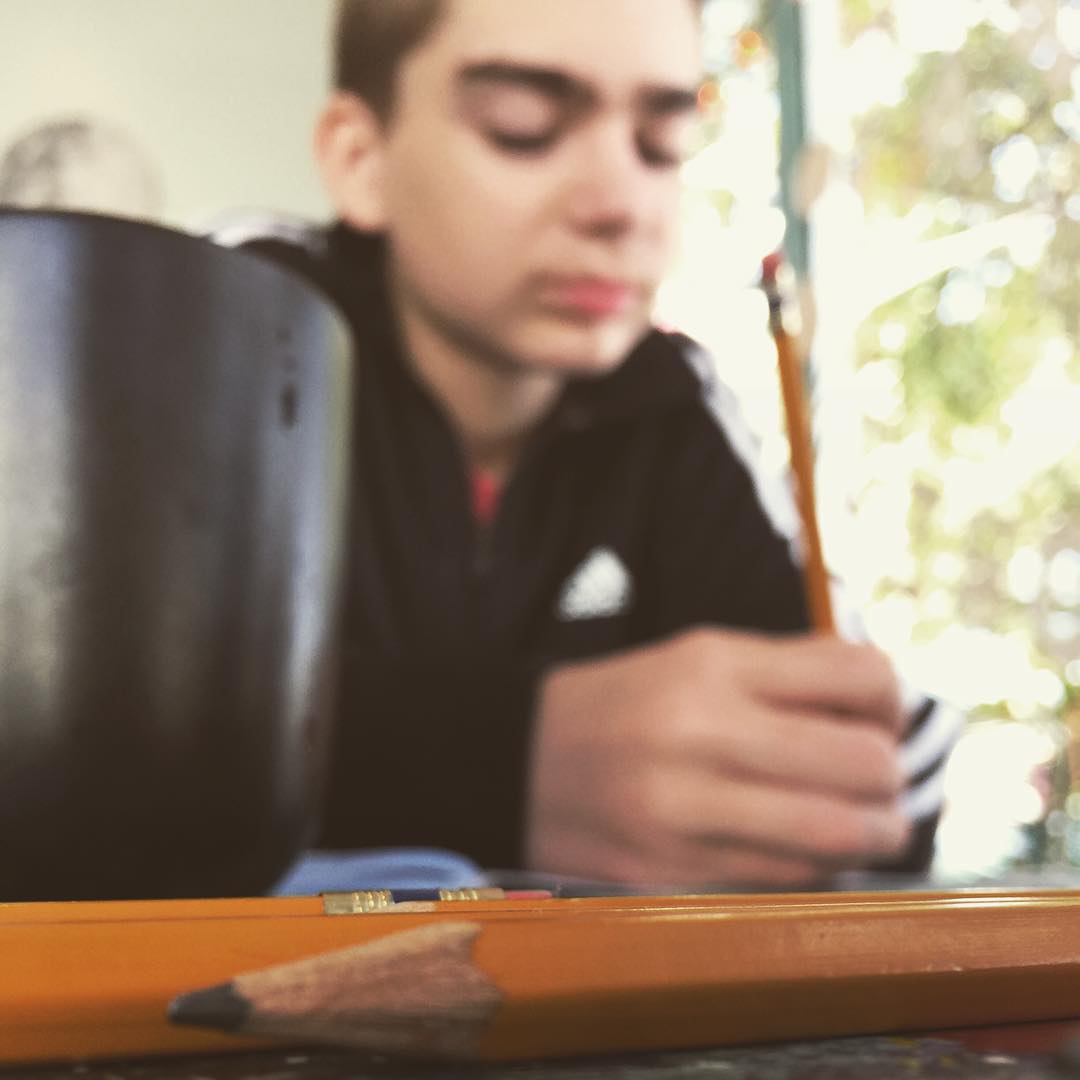On a sailboat, the rigging includes all of the ropes, cables, or chains that support a ship’s masts and control the boat’s yards and sails. It seems appropriate that the ideas that are shaping the curriculum I’m developing for Crow’s Nest Academy should be called its rigging. Here’s how they’re shaping up at a first glance.
Pleasure
I’m ashamed to admit that during my public school teaching days, I did remind my kids on several occasions that “we’re not at Disneyworld; it’s not supposed to be fun.” That was totally false. Not all of it. We really weren’t at Disneyworld, but learning should be fun. If it’s not, you’re probably not getting much out of it. So says neurologist and former teacher Judy Willis in an Edutopia article on the subject:
Information has to make it through the RAS [reticular activating system] to get to parts of the brain where it can be “acknowledged, recognized, coded into patterns, and ultimately stored in long-term memory,” Willis writes. What tends to get through? Willis explains that the RAS prioritizes potential threats and things that are new, pique curiosity, or have the potential to bring pleasure — dry, impersonal facts, not so much.
By virtue of being a school on a sailboat, I feel like we’ll have this one covered. But it’s also my intention to choose topics and resources that I think Fain will enjoy.
Challenge
I remember going to a conference on how Honors standards were different from regular standards my first year as a teacher. I left appalled. One of the differentiators was “to challenge.” I don’t care what’s going on with a kid, all learning should present a challenge or it’s not an education, it’s an insult.
That being said, the challenge should be appropriate to the student: just enough to stretch him, not so much that he’ll pull a muscle. Fain’s a pretty bright kid, so I’ve already warned him I’ll be really asking him to think, and to think about things that are much more challenging than what he gets in school.
Breadth
The name Crow’s Nest Academy seemed appropriate since I’m a big believer in cross-disciplinary studies. Because the brain is made of a network of neural connections, the more ways you can find to connect ideas, the easier they are to remember and access. We’re not separating lessons out into subject areas. We’re integrating all of the subjects together to get a 360° perspective on the world we live in.
Depth
While 360° implies a breadth of studies, depth is equally important to me. I don’t want Fain just learning facts, I want him asking questions and making speculations and thinking critically. I want him to look past his first response to a question and think harder. I want him to explore new ways of seeing things, even ways that we don’t necessarily agree with, because that’s how you become a person of substance.
Utility
While it should seem obvious that a useless education is – well – useless, even useful information can be rendered utterly devoid of relevance and utility by a bad curriculum, i.e. a curriculum that’s based on having students master the fine art of filling in circles with #2 pencils.
For instance, kids used to ask me all the time when they’d ever use the writing and reading skills that I taught in my classes. Obviously, the answer is all the time, but no one ever believes that.
A better answer, which I was unaware of at the time, is that you can actually use these skills to become a copywriter and make way more money than you ever will as a teacher. If I’d thrown that little bit of mercenary info out there, I might have sparked interest a little more. Unfortunately, like most of my kids, I suffered from the limited perspective created by a necessarily circumscribed education in a very small town.
If the only purpose of education is to graduate with a degree, not to gain useful skills and knowledge, then the degree’s not worth the paper it’s printed on. So my intention is to ensure that all of the knowledge and skills Fain gains will be immediately put to use.
Independence
The other day, Fain asked who was going to be teaching what at Crow’s Nest Academy. I gave him a quizzical look, like this:

And so he rephrased.
“Like, who’s going to teach me math and who’s going to teach me science?”
“Oh! Teaching! Right. We’re not going to be doing that.”
Fain demonstrates his own quizzical look, which was something like this:

To which I responded, “No. Nobody’s going to be teaching anybody. We’ll all be learning.”
“Okay, then. Who’s going to be learning me?” Seriously. That’s the question he asked. [See above image for my now predictable response.]
“What’s going to happen, my friend, is that I’m going to give you a little push, a few questions, a general direction, and then, hey presto! you’ll be learning. It’s crazy how easily it happens when you don’t force it.”
Which is totally true. You’ll never convince me that the average American school inspires kids to learn. Rather, kids come out with this notion that learning is tedious and boring and irrelevant and agonizing. In my experience, true learning is the very opposite.






Leave A Comment